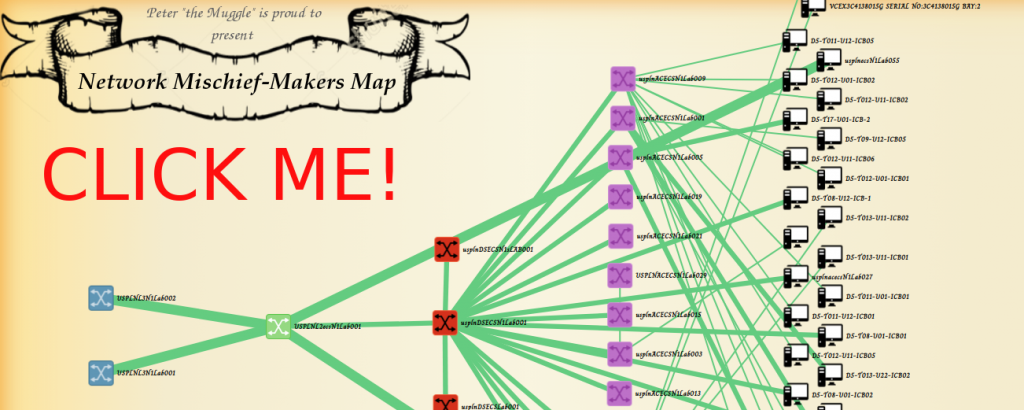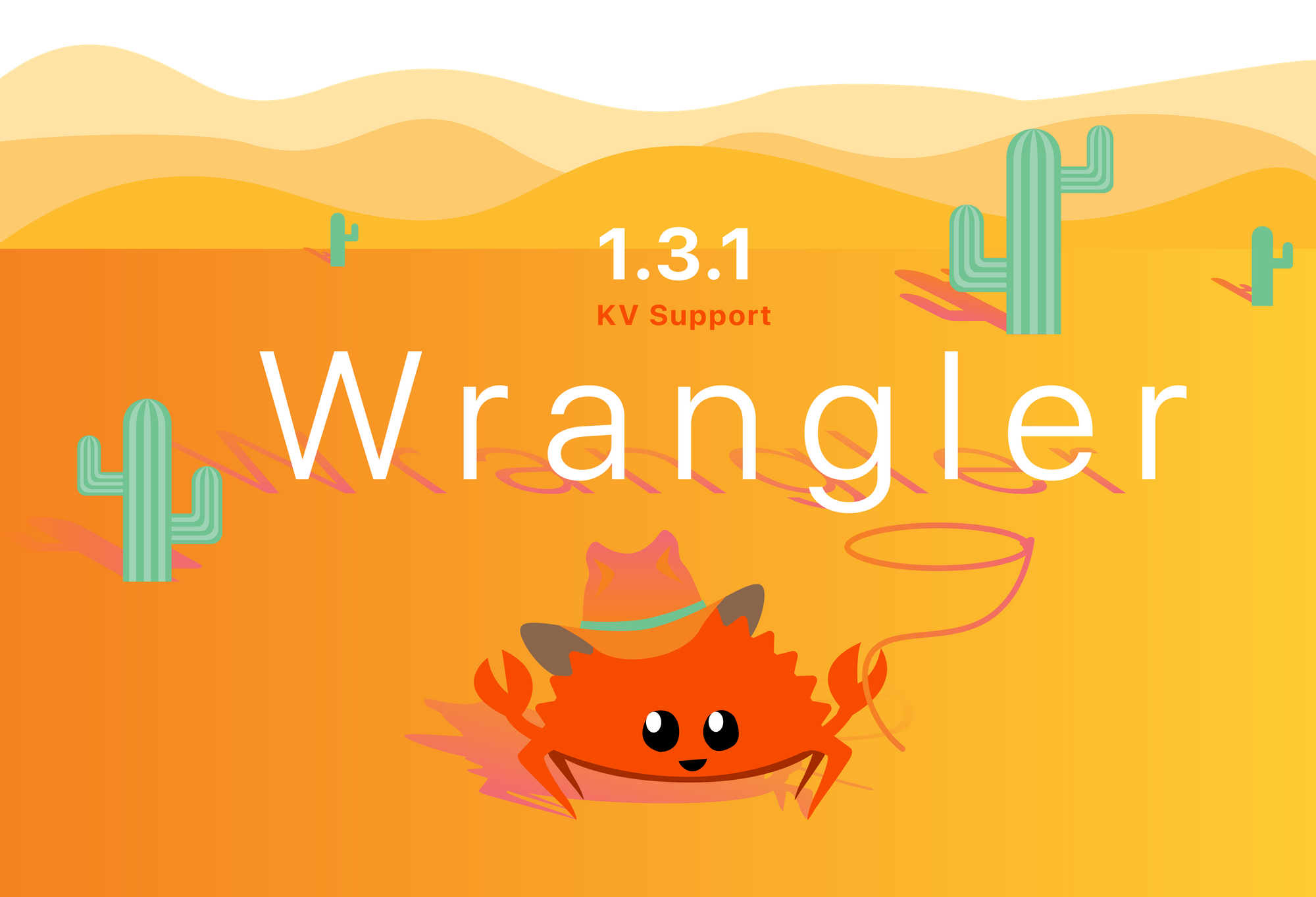0
BrandPost: 4 Common Use Cases for SD-WAN
Now that the technology has been with us for some time, interest in and adoption of software-defined wide-area networks (SD-WAN) is heating up. It’s a good time to look at what’s driving organizations to implement SD-WAN and what type of organizations the technology is best suited for. The technology has clearly taken off. A 2018 survey of 225 IT professionals by SevOne found 66% of respondents already had at least some percentage of their WAN software-defined, and nearly 50% had active SD-WAN projects. Perhaps most impressive, 17% of respondents said they’d connect 100 or more remote sites within 12 to 18 months.To read this article in full, please click here








